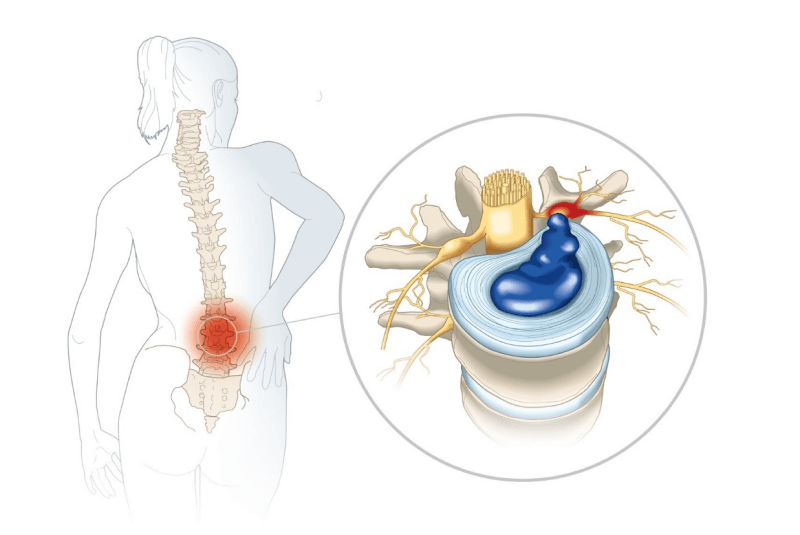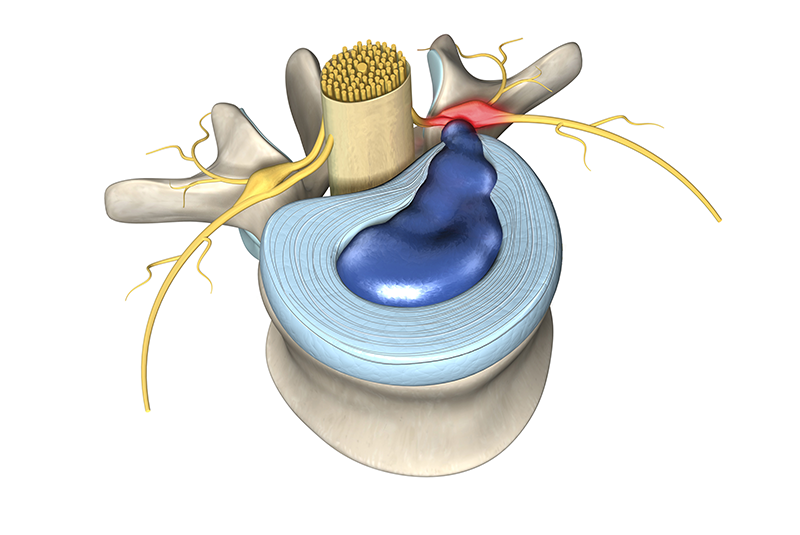
Herniated Disc With Sciatica | Foot Drop
Herniated Disc With Sciatica | Foot Drop https://bestpracticehealth.tv/wp-content/uploads/2023/04/Frame-3.png 1024 535 Best Practice Health TV Best Practice Health TV https://bestpracticehealth.tv/wp-content/uploads/2023/04/Frame-3.pngFrom our YouTube channel visitor:
“Hi. I saw a neurosurgeon regarding my foot weakness in my left leg. I was surprised they didn’t even order an MRI or X-ray. I’ve had improving dorsiflexion in my foot for 1.5 months but nonetheless not full strength. I think they weren’t too worried because my radicular symptoms are all gone and I have no pain, just residual weakness. Any thoughts on this?”

I think it’s time to find a new neurosurgeon. I’ll tell you why.
There are a lot of options for treatment for someone with a foot drop and back pain. You probably have a herniated disc; however, it could be half a dozen things from an infection, tumor, unexpected level, etc. Medical imaging is required to confirm the diagnosis before treatment can be given.
The appropriate imaging for someone with foot drop, low back, and leg pain may vary depending on the underlying cause of the symptoms. However, given you have low back pain, leg pain, numbness, and foot drop, nearly every spine surgeon would order some combination of:
- X-rays: While you can’t see disc herniations, x-ray does show structural abnormalities such as fractures, degenerative changes, or tumors.
- Magnetic resonance imaging (MRI): It can identify herniated discs, spinal stenosis, tumors, or other conditions that may be compressing the nerves and causing the symptoms.
- Computed tomography (CT) scan is a good backup for someone who can’t have an MRI.
- Electromyography (EMG) and nerve conduction studies (NCS) are rarely used these days but can be useful to distinguish between nerve root and peripheral nerve issues.
The specific imaging studies ordered will depend on the suspected underlying cause of the foot drop, low back, and leg pain. Without imagining your surgeon is flying blind.
You wouldn’t fly with a blind pilot. Why is that OK in a surgeon?
- Post Tags:
- Pg - Microdiscectomy
- Posted In:
- Herniated Disc With Sciatica








